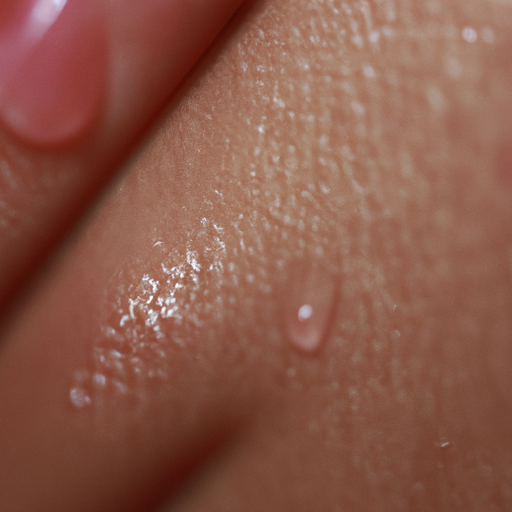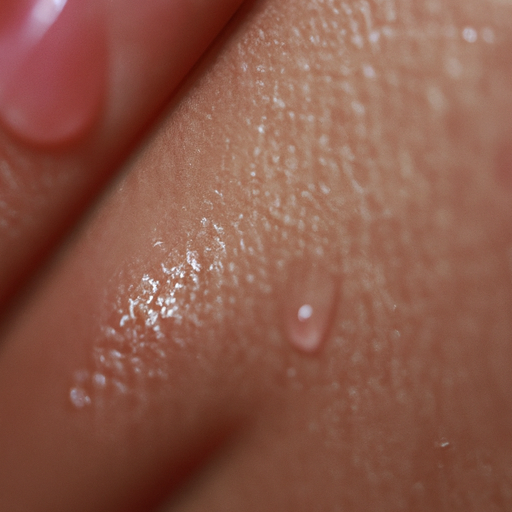As a seasoned dermatologist, I have encountered countless patients troubled by oily skin. This common skin condition can be a source of discomfort and self-consciousness for many, but understanding its causes and symptoms can help individuals manage it effectively.
The root cause of oily skin lies in the sebaceous glands, which are responsible for producing sebum, a substance that helps protect and hydrate the skin. However, when these glands go into overdrive, they produce an excess of sebum, leading to oily skin. The glossy sheen that characterizes oily skin is actually this excess sebum.
Several factors can contribute to the overproduction of sebum. Genetics play a significant role; if your parents have oily skin, you are more likely to inherit the trait. Hormonal changes, particularly those occurring during puberty, pregnancy, or menstruation, can also stimulate sebum production. Stress and diet are other contributing factors. Consuming a diet rich in fats and sugars can exacerbate oiliness. Additionally, living in a humid climate or engaging in strenuous physical activity can increase sweat production, which often exacerbates the appearance of oiliness.
The symptoms of oily skin extend beyond a shiny complexion. Enlarged, visible pores are a common sign, as they produce more oil. Oily skin is also prone to developing blackheads, whiteheads, and acne due to the excess sebum and dead skin cells clogging pores. A greasy feel to the touch is another telltale symptom.
Despite these challenges, it’s important to remember that oily skin isn’t all bad. Sebum is essential for skin health; it prevents dehydration, protects against environmental damage, and keeps skin supple. The issue arises when there’s too much of it.
Understanding the causes and symptoms of oily skin is the first step towards managing it. It’s crucial to maintain a consistent skincare routine tailored to your skin type. This should include gentle cleansing to remove excess oil without stripping the skin, toning to balance the skin’s pH levels, and moisturizing to keep the skin hydrated. Contrary to popular belief, skipping moisturizer can actually worsen oily skin as it can trigger the sebaceous glands to produce even more sebum to compensate for the lack of moisture.
Incorporating a diet rich in fruits, vegetables, lean proteins, and whole grains can also help regulate sebum production. Regular exercise can improve blood circulation and contribute to healthier skin, but it’s important to cleanse your face immediately after sweating to prevent pores from clogging.
If you’re struggling with oily skin despite these measures, it may be time to consult a dermatologist. Prescription treatments, such as retinoids, can help regulate sebum production. In-office treatments, like chemical peels or laser therapy, can also be beneficial.
In conclusion, oily skin is a common condition that can be managed effectively once its causes and symptoms are understood. It requires a consistent skincare routine, a balanced diet, and sometimes professional treatment. Remember, every skin type has its challenges and advantages; the key is to understand and work with what you have.




